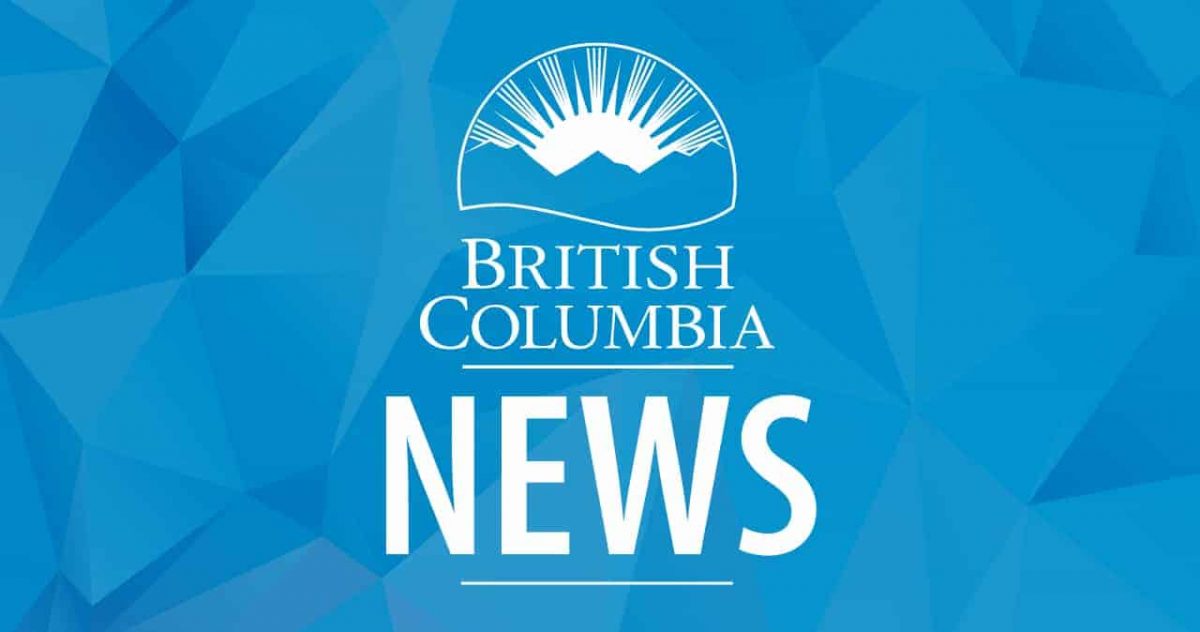
Invasive spongy moth treatments planned for Courtenay area
To minimize the risk invasive spongy moths pose to forests, farms, orchards and urban trees and to prevent the moths from becoming permanently established, the Ministry of Forests plans to carry out a spongy moth treatment program in Courtenay during the spring.
Invasive spongy moths (also known as Lymantria moths, and formerly known as gypsy moths) pose a risk to B.C.’s ecosystems and economy. Spongy moth caterpillars feed on tree leaves and have defoliated sections of forests and residential areas in Ontario and the eastern United States in recent years. Should spongy moths become permanently established, trees, such as Garry oak, arbutus, red alder, aspen, cottonwood, maple, orchard fruit trees, nut trees and many species of urban ornamental trees, will be affected. Local pollinators that rely on these trees face increased competition from spongy moth caterpillars for resources. Untreated spongy moths risk spreading to other areas of B.C. and are a threat to forests and farms.
Agricultural operations are at risk from spongy moths because the moths can affect food crops, such as apples, blueberries and other fruits, as well as garden nursery products. Infested operations are often subject to agriculture quarantines, as well as additional measures that may include product certification and increased pesticide use. Also, a permanent spongy moth population would require B.C. agricultural and forest exports to be subject to restrictions at the U.S. border. These commodities would have to be inspected, possibly resulting in delays or additional expense associated with the export of these products. Commercial and non-commercial vehicle traffic into the U.S. could also be inconvenienced by a more thorough inspection regimen.
The 2022 monitoring program trapped a record number of male spongy moths throughout B.C., with positive detections increasing over the past two to three years across seven sites identified for treatment. This indicates that spongy moths could become established in those locations if the planned pesticide spraying is not completed. The increased threat potential is tied to outbreaks in Ontario and Quebec during the past three years. Egg masses are commonly transported to B.C. on recreational vehicles and outdoor household objects originating from affected areas outside of the province.
The treatments are planned for Victoria, Courtenay, Campbell River and Port Alberni. The ministry is planning three treatments in the specified areas between April 1 and June 30, 2023.
The biological insecticide used in the treatment is Foray 48B. It is used in organic farming, and the active ingredient, Bacillus thuringiensis var kurstaki (Btk), is naturally present in urban, agricultural and forest soils throughout the province. It only affects spongy moth caterpillars and is specific to their digestive systems.
The treatment has been approved for the control of spongy moth larvae in Canada since 1961. Repeat scientific study concludes the treatment poses no threat to people. It does not harm mammals, birds, fish, plants, reptiles, amphibians, bees nor other insects. It affects spongy moth caterpillars once they have ingested the treated vegetation.
Residents in the planned spray areas are invited to submit comments for evaluation about the application amendment for Courtenay (refer to Permit No. 738-0032-21-24) and the pesticide-use permit applications for Campbell River/Port Alberni (Permit No. 738-0036-23-23) and Victoria (Permit No. 738-0035-23-23), by Feb. 21, 2023:
Integrated Pest Management Act administrator
Ministry of Environment and Climate Change Strategy
Suite 200, 10470 152 St.
Surrey, B.C.
V3R 0Y3
Learn More:
To learn about spongy moths, call: 1 866 917-5999, toll-free; or visit: www.gov.bc.ca/spongymoth
For information about the pesticide-use permit application or to see a map of planned treatment areas, visit: www.gov.bc.ca/spongy-news
The pesticide-use permit application and treatment area maps are also available for viewing at the city or municipal hall, and on the website of the affected community.
